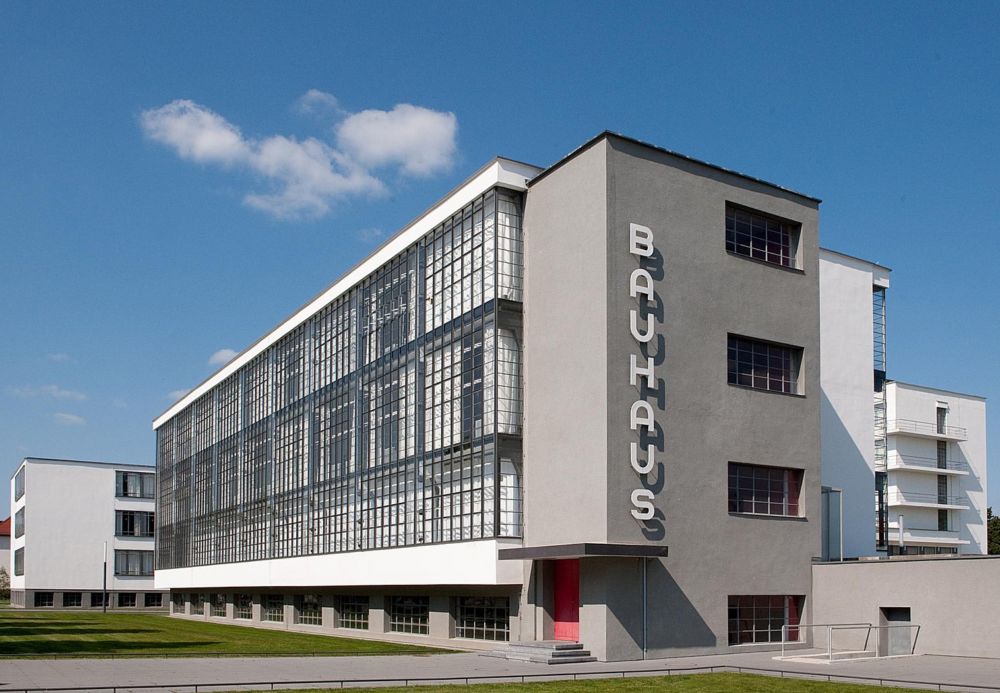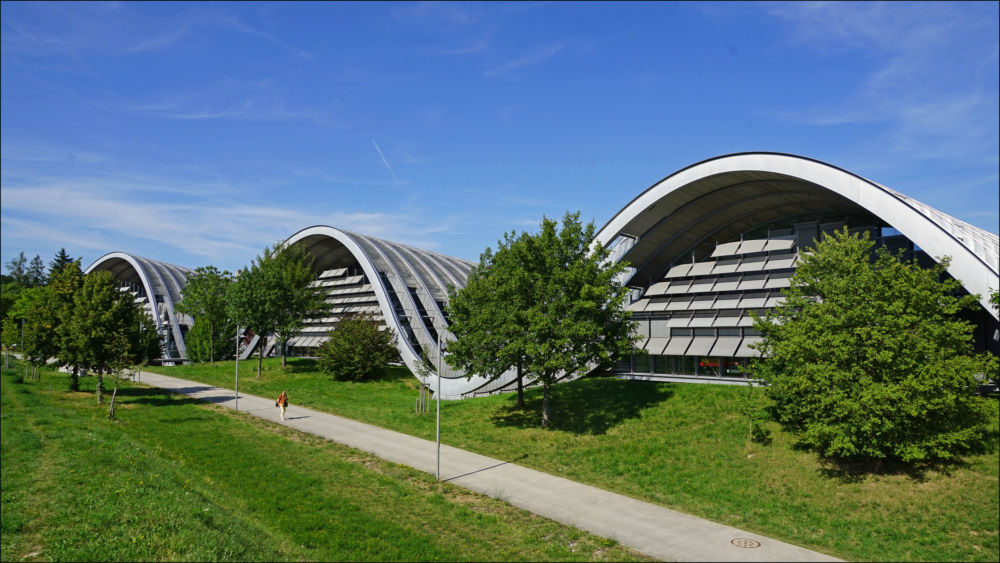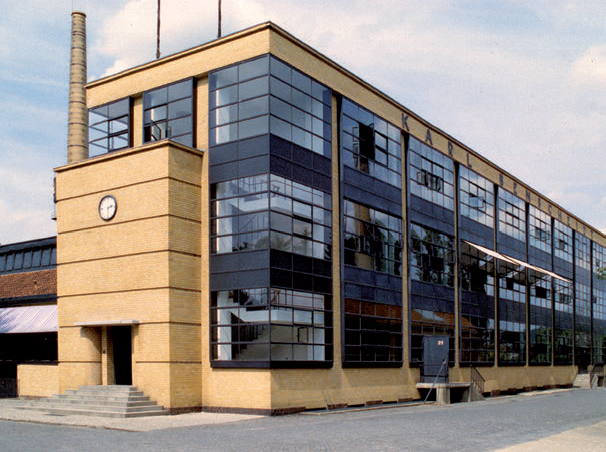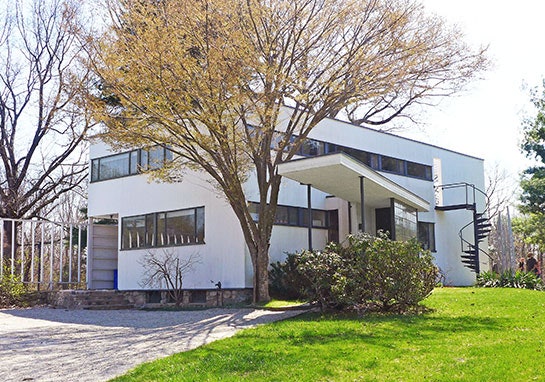Bauhaus structural expression- Iconic buildings
Bauhaus has recently completed its 100th anniversary, we bring to you some of the iconic buildings from around the world, bearing the signature Bauhaus style.
Over the years the Bauhaus has been commoditized, twisted and has manifested itself in a multitude of versions, but nothing has been able to rob its intrinsic beauty and output. This has ensured Bauhaus retains its original depth due to the amalgamation of architecture, art, sculpture and painting, all integrated, under one roof.
Founded by Gropius in Weimar, Germany back in 1919, the Bauhaus style played the most prominent role in shaping the foundation of Modernist architecture, art and design. As Bauhaus, the most influential design style of the 20th century marks its 100th year; its legacy lives on across the globe through buildings that bear its significant characteristics still being preserved up to this day. Here are the best places around the world to see the Bauhaus style in this 20thcentury.

1. Bauhaus Studio Building in Dessau, Germany
The building was designed by the founder of the Bauhaus, Walter Gropius, and commissioned by the city of Dessau. Gropius designed the various sections of the building differently, separating them consistently according to function. He positioned the wings asymmetrically; the form of the complex can thus be grasped only by moving around the building. There is no central view.
The building was listed in 1972 and restored for the first time. Extensive renovation measures followed after the Bauhaus Building was awarded UNESCO World Heritage status. These were completed in 2006. The fact that it is once more a vibrant centre for experimental design, research and education is to be credited to the Bauhaus Dessau Foundation, which was founded in 1994 and is committed to preserving, researching and passing on the illustrious heritage of the Bauhaus.

2. Zentrum Paul Klee in Bern, Switzerland
The Zentrum Paul Klee is a museum dedicated to the artist Paul Klee, located in Bern, Switzerland and designed by the Italian architect Renzo Piano. Together with his friend and neighbor, Kandinsky, Klee was one of the longest-standing “masters” at the Bauhaus, teaching there between 1921 and 1931. Klee first landed on Gropius’s radar when he wrote “Creative Credo” (1920). Gropius was intrigued, and invited the Swiss-German artist to Weimar. Klee’s time at the Bauhaus was productive for his own work, too.
While there, he wrote around 3,900 pages of teaching notes that he eventually compiled as Pedagogical Sketchbook (1925). Klee’s notes, archive, and an extensive collection of 4,000 artworks are kept at the artist’s museum in his native Switzerland, Zentrum Paul Klee, which was founded by the painter’s grandson and designed by acclaimed architect Renzo Piano.

3. Poli House in Tel Aviv, Israel
Originally built in 1934, The Polishuk is a stunning Bauhaus architecture-style building originally designed by Shlomo Liaskowski, who was originally born in Zurich in 1903 before relocating to British Mandate Palestine in 1929 (where he won the first prize of design for Zurich’s Jewish community temple in 1929).
After its completing, The Polishuk House housed commercial office spaces under the auspices of then-owner Yehuda Polishuk, along with its 15 shops and 50 offices. The building boasts a cylindrical external shape which was unique to the 1930’s Tel Aviv landscape that held copious amounts of rectangular, smooth-surfaced structures constructed in the International style that dominated the architectural aesthetic of this time.

4. Fagus Factory in Alfeld, Germany
Fagus Factory in Alfeld is a 10-building complex – began around 1910 to the design of Walter Gropius, which is a landmark in the development of modern architecture and industrial design. It serves all stages of manufacture, storage and dispatch of lasts used by the shoe industry. The complex, which is still operational today, is situated in Alfeldan der Leine in Lower Saxony.
With its groundbreaking vast expanses of glass panels and functionalist aesthetics, the complex foreshadowed the work of the Bauhaus school and is a landmark in the development of architecture in Europe and North America.

5. Gropius House in Massachusetts, US
The Gropius House is a historic house museum owned by Historic New England located at 68 Baker Bridge Road in Lincoln, Massachusetts, United States. It was the family residence of Modernist architect Walter Gropius, his wife Ise Gropius (née Frank), and their daughter Ati Gropius. The house was designated a National Historic Landmark in 2000 for its association with Gropius, an influential teacher and leader of Modernist architecture. The house includes a collection of Bauhaus-related materials unparalleled outside Germany.
With inputs from the various online sources




GIPHY App Key not set. Please check settings